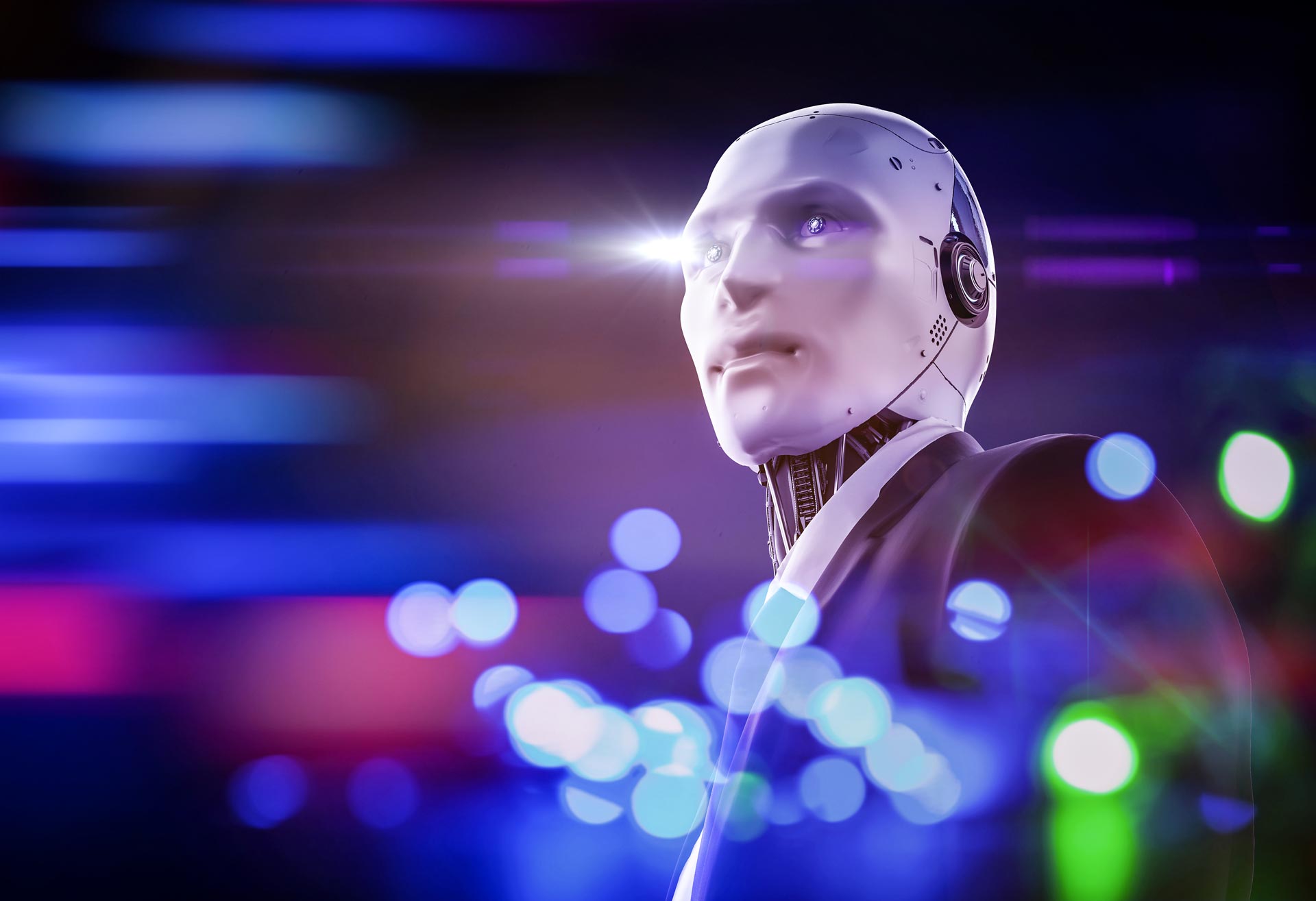How Technology Development Poses New Challenges to Commercial Law
How Technology Development Poses New Challenges to Commercial Law
By SMU City Perspectives team
Published
In the midst of the Asian Century — during which the economy of the region is larger than any other in the world, immense growth can only be supported by a robust financial regime, which, in turn, is built on a strong foundation of legal infrastructures. Legal governance plays a pivotal role in not only sustaining the stability of the financial regime, but promoting the integration of finance and technology in a digital economy.
To discuss these key developments, SMU and Fudan University jointly held the SMU-Fudan University Global Forum virtually on 25 November 2021, themed “Building the Legal Infrastructures of Asian Financial Centres”. The Forum gathered scholars and business leaders from the financial and legal sectors of Singapore and China, who shared insights, perspectives and experiences on optimising legal infrastructures to meet challenges arising from financial innovations and financial technology advancements.
The digital disruption of commercial laws

During his keynote address, SMU Yong Pung How School of Law Dean Goh Yihan examined the complex challenges to commercial law due to technological changes, such as the impact of artificial intelligence (AI).
“Broadly speaking, AI refers to the use of machines to imitate the ability of humans to think and make decisions or to perform actions”, explains Prof Goh.
The European Commission's definition of AI furthers these points by stating that AI-based systems can be purely software-based acting in the virtual world, or be embedded in hardware devices such as advanced robots, autonomous cars, drones and the like.
The second technological development of our time is the proliferation of big data. Today, information on citizens is constantly collected by organisations through websites and the Internet of Things, such as mobile phones, smartwatches, virtual personal assistants, drones and so on. The term “big data” simply refers to very large data sets that are often complex and can be speedily generated. And the use of big data has become a key basis of competition and growth for individual firms to create value in various ways.
“For legal professionals, it is critical to consider the connection between AI and big data, which expands the capability to analyse enormous data sets to discern trends and patterns more quickly than ever imagined,” adds Prof Goh.
The third development brought on by technology is that of trust. As AI becomes a part of everyday life, how society and the legal system manage the integration of the systems and expectations needs to be crafted with intention.
New technologies can introduce fresh challenges, or amplify existing challenges in commercial law, and the way in which commercial laws respond to these technological developments will be central in the next few years. The rapid rise in technological adoption has given rise to issues in two key areas: substantive commercial laws and procedural laws, which have a knock-on effect on the development of commercial laws.

When it comes to the law of property, the digitalised nature of newly-created assets has given rise to new legal challenges and uncertainties. For example, Prof Goh explains how the right of inheritance to virtual assets is now ambiguous as to the scope and interpretation of legislation and the terms of service governing these assets on the proprietary status of digital assets.
Moreover, in 2020, the Singapore Court of Appeal issued a landmark ruling in Quoine Pte Ltd v B2C2 Ltd, a breach of contract case involving the autonomous algorithmic trading of digital tokens. It affirmed in part the decision of the Singapore International Commercial Court (SICC) that Quoine, a digital token exchange operator, breached its contract with B2C2, a trader on Quoine’s exchange, for unilaterally reversing completed trades in digital currency that would have led to a windfall profit for B2C2. Glitches in the Quoine trading platform resulted in the matching of trades in cryptocurrencies between B2C2 and counterparties at highly abnormal rates. These rates were highly unfavourable to Quoine, which unilaterally cancelled those trades on the premise that there had been a mistake in those trades.
The case relates to substantive law; in particular, the law of obligations.
As Prof Goh explains: “Quoine was not entitled to cancel those trading contracts for two reasons: First, there had been no mistake in the first place. The algorithms simply did what they were programmed to do, even though they reached a contract that was highly unfavourable to one party, they had stuck within the range of prices they were programmed to enter into contracts with.”
Even assuming that there had been an operator mistake, the Court of Appeals held that the validity of that mistake ought to be judged by the platform programmer’s state of mind: If the programmer did not seek to take advantage of any eventual mistake when programming the algorithm, then the argument of the state would not be available. And in this case, there was no indication that the programmer had sought to take advantage of a mistake that would occur in the future.

At the moment, AI systems are usually human-augmented. However, in future, a fully autonomous algorithm that makes decisions for the user without the latter's intervention can have implications on commercial applications or algorithms. In these cases, the AI might act autonomously as a contracting party, an independent contractor that possesses legal personality. The question then is whether this AI should be granted legal personhood, as stated in many court judgments, legal persons being the creation of the common law.
“There might be economic reasons to justify a separate legal personhood,” says Prof Goh.
“A good example is corporate corporations that are granted legal personhood, even though they are, of course, not physical persons,”
For AI and robots that generate economic activity and commercial profits, granting AI legal personality may also allow human actors to shift legal risks to the AI concern, and Prof Goh suggests that organisations might have to constitute a funding mechanism to deal with the adverse consequences of AI errors and enable AI to insure against potential losses.
Commercial consequences and solutions
The use of increasingly advanced technological tools may ironically facilitate forgery, falsification and manipulation of files and documents that could be passed off as evidence for use in court, affecting procedural laws. This development threatens the adjudicated fact-finding mission of the courts, which is crucial to the development of commercial laws.

Prof Goh adds: “Indeed, the advancement of technology has exponentially complicated methods, with its unprecedented ability to distort reality.”
For example, the University of Washington in 2017 showcased a technology by presenting a lip-synced video of then-President Barack Obama giving a speech. Such “deep fakes” as the technology is known, is much more commonplace. The implications of such distortion technologies on evidentiary rules and procedures are profound, and there is no doubt that we will need to respond to them before they affect the development of our commercial laws.
The first step to addressing challenges arising from technology development is to create awareness within the legal profession.
“If our future judges and practitioners and academics do not recognise the impact that technology might have on our commercial laws, then they would never be in the place to address them,” says Prof Goh.
The second is the creation of new technologies that can counter the procedural impact of distortion technologies. But in developing these technologies, it is important to maintain access to the legal system in Singapore for users.
The third lies in creating new legal solutions that cater to the laws of cyberspace and technology.
“We should no longer be tied to the old strictures of the common law, trying to fit traditional legal doctrines to new technologies,” adds Prof Goh.
“Sometimes they work but oftentimes, it results in a distortion of the law that does not reflect commercial realities.”
Innovation is the lifeblood of any thriving enterprise, but it can also create new challenges — with technological advancements being no exception. To meet these challenges head-on, legal professionals need to gain a deep understanding of how technology interacts with other aspects of society, how they will affect industry, what it means for their clients, and the best strategies suited for their practice.


